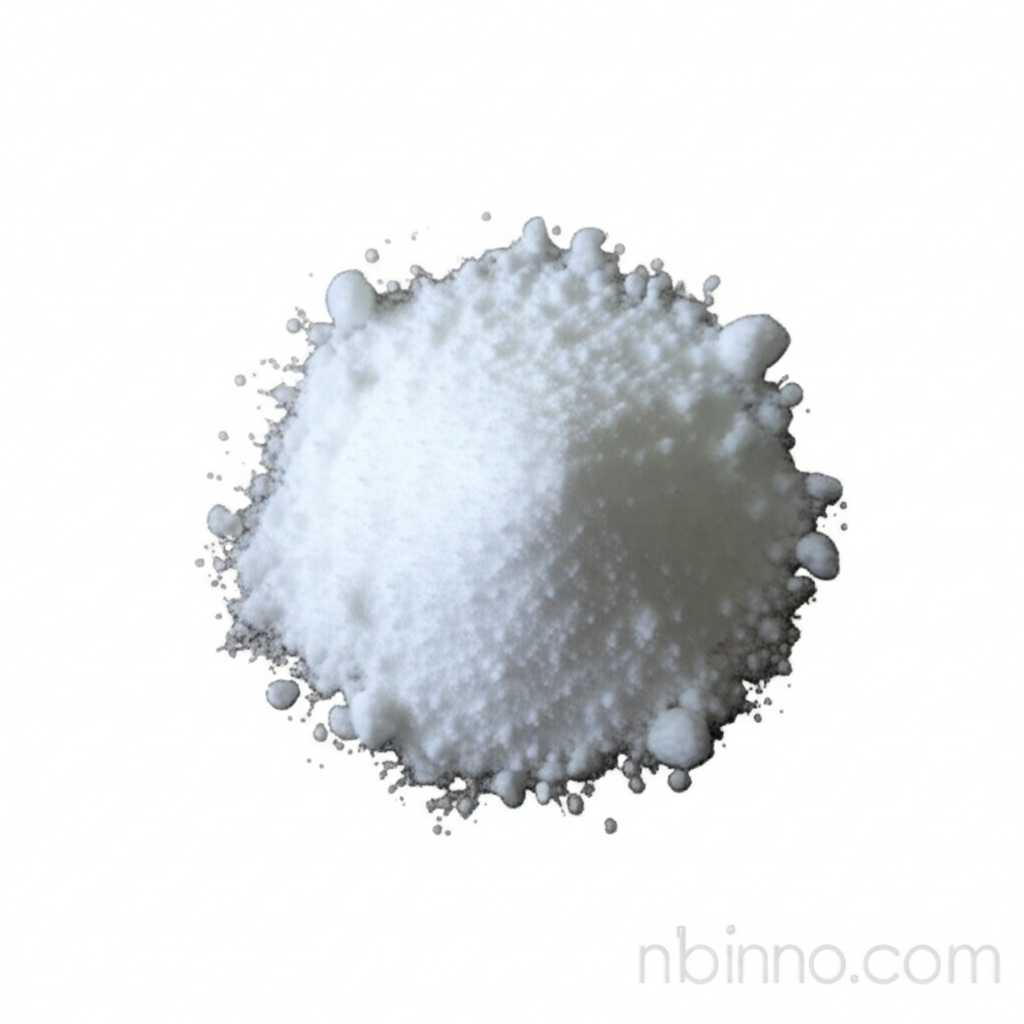Phentolamine Mesylate: A Comprehensive Guide to its Properties, Applications, and Research Significance
Explore the critical role of Phentolamine Mesylate in medicine and research, from cardiovascular health to drug discovery.
Get a Quote & SampleProduct Core Value

Phentolamine Mesylate
Phentolamine Mesylate is a potent non-selective alpha-adrenergic antagonist, widely recognized for its therapeutic applications and as a vital tool in scientific research.
- Discover the key properties of Phentolamine Mesylate as an alpha-adrenergic antagonist, crucial for understanding its physiological effects.
- Learn about the therapeutic benefits of Phentolamine Mesylate in managing hypertension and hypertensive emergencies, backed by extensive research.
- Understand how Phentolamine Mesylate serves as a critical pharmaceutical intermediate in the synthesis of various medications.
- Explore the advantages of using high-purity Phentolamine Mesylate (>99%) in experimental settings for accurate and reliable results.
Key Advantages Offered
Potent Alpha-Adrenergic Antagonism
Phentolamine Mesylate acts as a powerful alpha-adrenergic antagonist, effectively blocking alpha-1 and alpha-2 receptors to induce vasodilation, a key aspect when considering its use as a vasodilator.
Therapeutic Versatility
Its application spans crucial medical conditions, including hypertension and pheochromocytoma, highlighting its versatility in cardiovascular treatments.
Research Significance
As a well-characterized research chemical, Phentolamine Mesylate aids in studying adrenergic receptor functions and developing new therapeutic agents.
Key Applications
Hypertension Management
Phentolamine Mesylate is instrumental in controlling high blood pressure, particularly in critical situations, underscoring its role in hypertension treatment.
Pheochromocytoma Treatment
It is used to manage the symptoms associated with pheochromocytoma, a rare tumor that causes high blood pressure.
Erectile Dysfunction
Phentolamine Mesylate has applications in treating erectile dysfunction, often used in combination therapies.
Diagnostic Tool
Its ability to block adrenergic effects makes it a valuable diagnostic tool, especially in identifying conditions like pheochromocytoma.
